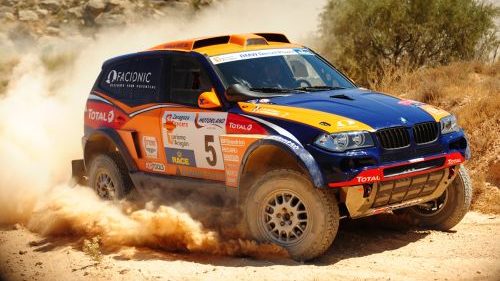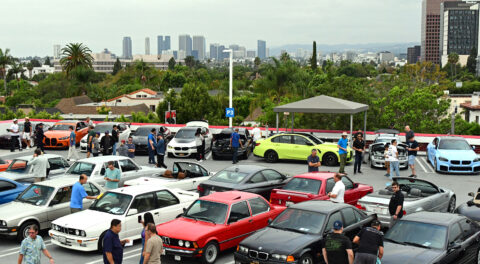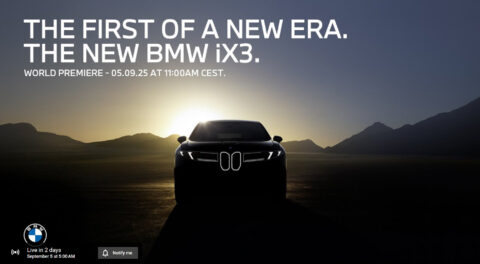The Dakar Rally is the pinnacle of off-road endurance racing—thousands of miles of navigating untrodden desert dunes and the unforgiving terrain of Mother Nature, isolated from society. With uncertainty around every corner, the tenacity of the participants must match the engineering of their machines, or they will answer to the wrath of the desert.
BMW has never pretended to be an off-road-centric brand, nor will it ever be. But the German automaker’s strength has always existed in their adaptability and their engineering diversity: Force them into an urban cityscape and they’ll give you an Isetta or an i3. Give them the task of government security and they’ll engineer an armor-clad, bullet-resistant X5 VR6. Throw the luxury brand’s finest onto dirt and gravel, and they’ll build an E30 M3 rally car. No matter the scenario, no matter the discipline, chances are that you’ll always find a BMW—sometimes where you may least expect to.
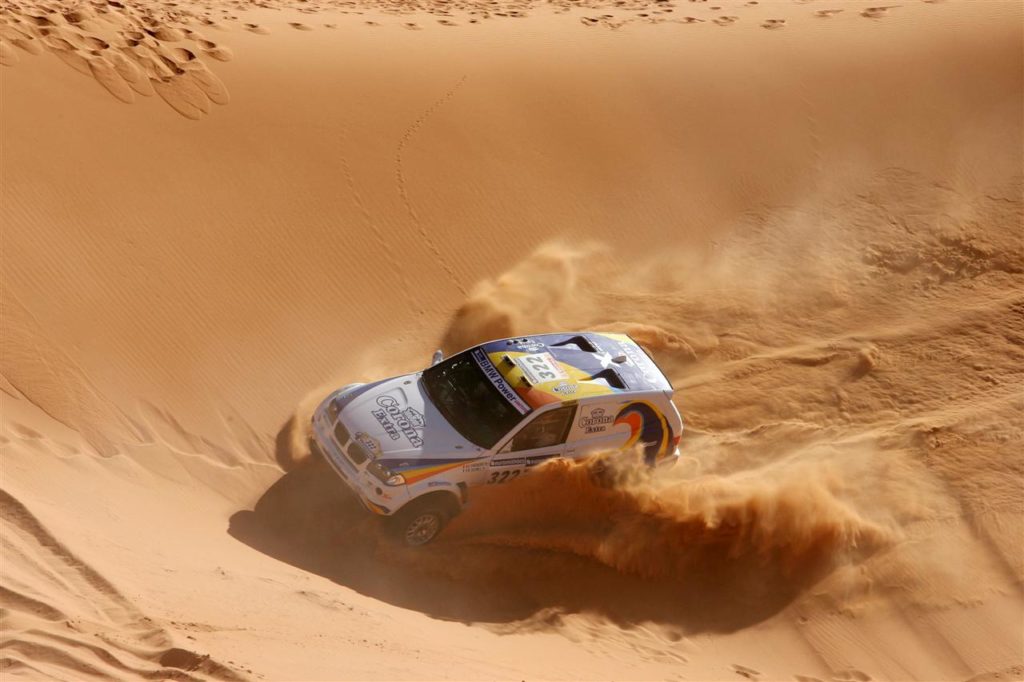
The X-Raid X3cc at the 2006 Dakar Rally.
The Dakar Rally is one of a kind for many reasons; it was a race dreamt up by French motorcycle rider Thierry Sabine in 1977, when he got lost in a Libyan desert during the Abidjan-Nice Rally. He then drew out the original route, a grueling 6,214-mile challenge meant to take riders from Paris, France, to Dakar, Senegal. While the rally has since taken place on three continents, including Africa, South America, and now Saudi Arabia, the rally certainly hasn’t become any easier on the contestants—or their vehicles.
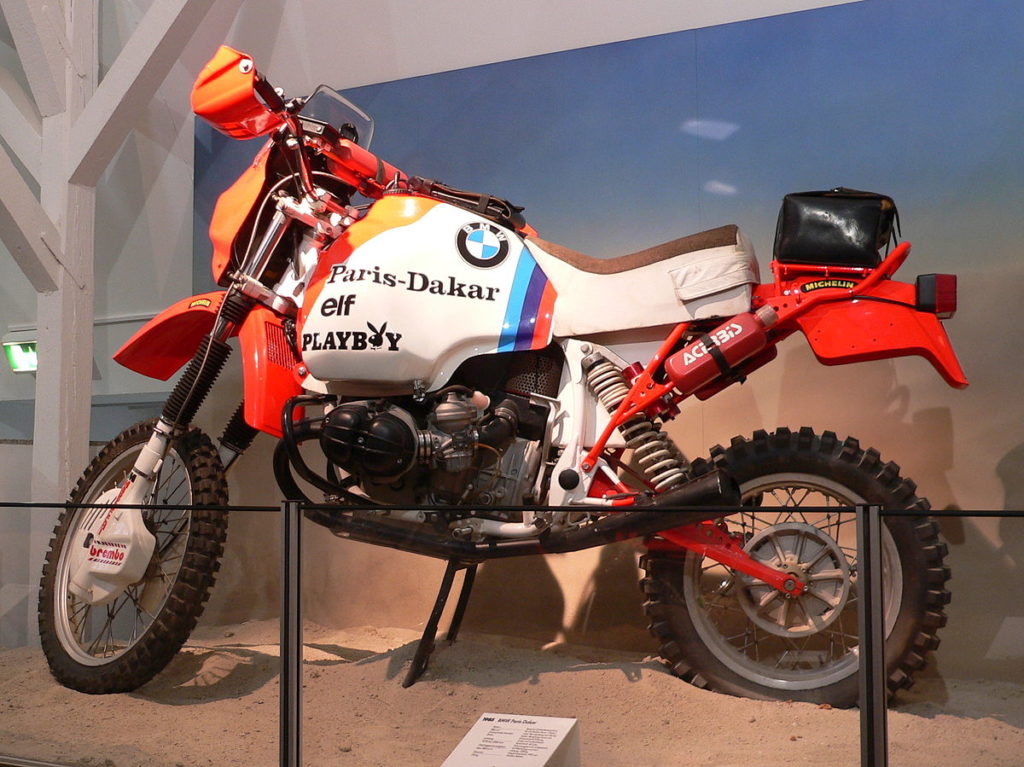
I’d be remiss if I failed to give a fleeting mention to the Bavarians’ two-wheeled roots and their all-terrain tackling GS, which has been dominating the tarmac and dirt for years, making the podium and history at the Dakar Rally numerous times—but I digress. Though there’s no denying the success of BMW Motorrad, Dakar has always been a race in which more than just the two-wheeled machines shine. While BMW has seen a multitude of wins for its R80 G/S motorcycle, and more recently the modified MINI All4 Racing, there are two BMWs whose names are all too often left off of those lists that shouldn’t have been: the X3 and the X5.
I like to compare the X3 and X5’s roles in the Dakar Rally to a camera crews’ in a survival show—they’re always traveling with the star of the show, doing everything the host does, but with far more equipment and baggage. They’re there to support the leading man, but not overshadow him. With them, you have a successful production; without them, you have nothing—the very reason why both deserve more recognition.
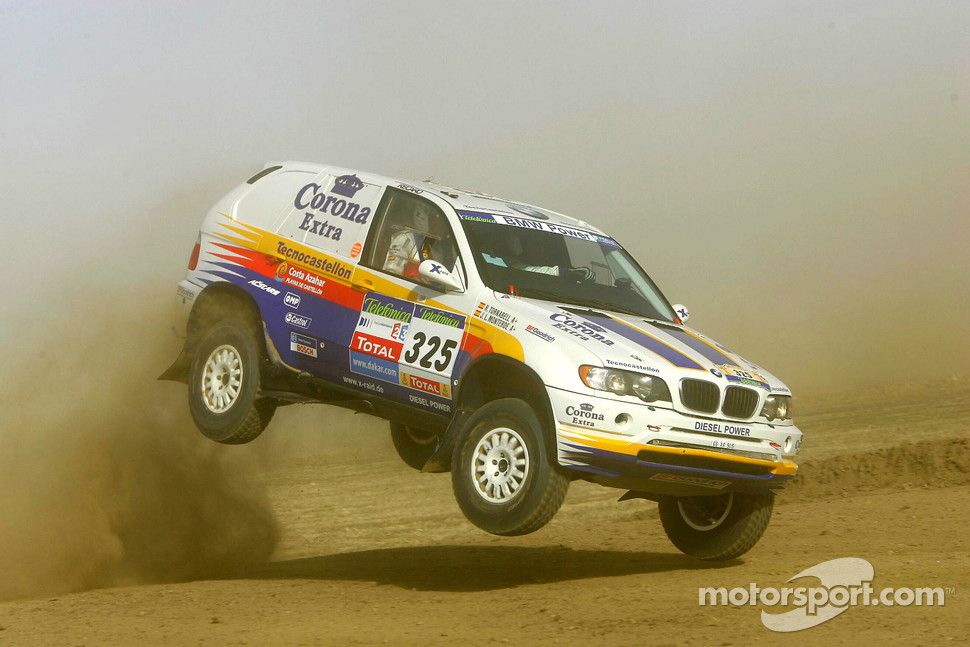
Yes, it is true that modified versions of BMW’s X Series were mainly used as support vehicles in the Dakar, responsible for lugging around tires and spare engines for their two-wheeled teammates. It’s not like the X5 really screamed “race car” to the masses—that is, if you weren’t completely bonkers enough to invest in giving it an off-road future, as the visionaries at X-Raid were. Under their name, the X3 and X5 would finally set out to tackle the sandy knolls of the desert themselves—disproving doubts in the progress.
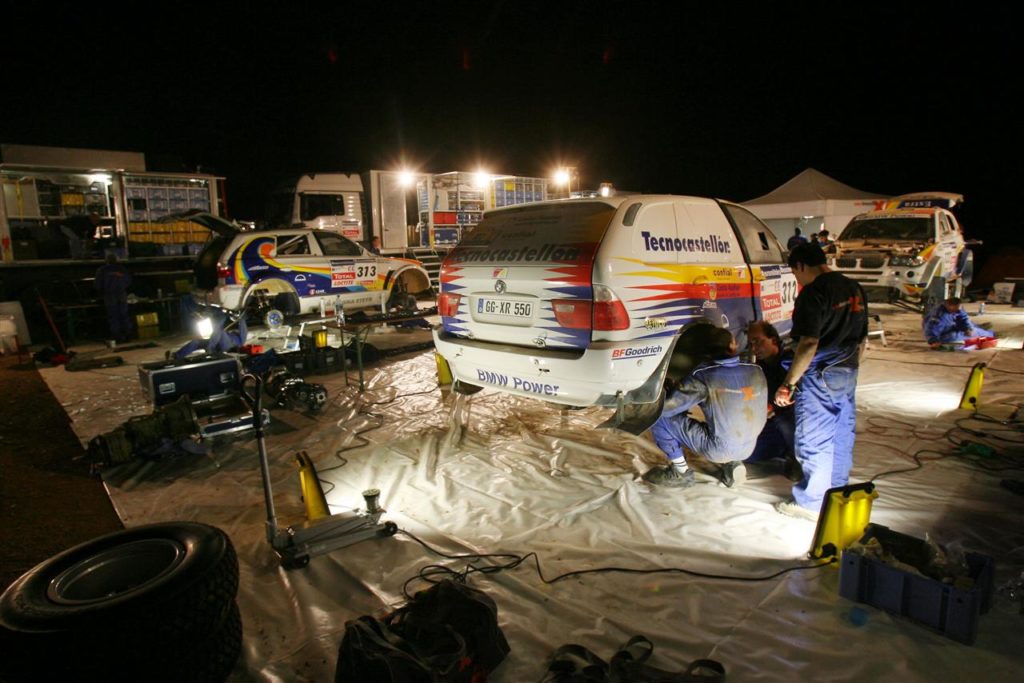
Founded by Sven Quandt in 2002, the Trebur, Germany-based motoring team is largely considered an official BMW representative for the Dakar Rally and FIA World Cup for Cross-Country Rallies. (Quandt’s father, German industrialist Herbert Werner Quandt, was a major shareholder in BMW at the time of its near-bankruptcy, which cemented the family’s ties with the German automaker; the family remains the automaker’s largest shareholder today.)
Since its founding, the privateer rally team has been immensely successful at the world’s toughest endurance competition, racing the Dakar in BMW X-cars for nine years, up until 2011, when they switched to MINI Cooper vehicles. A star-studded list of drivers also completes their history, with motorsport legends such as Carlos Sainz still competing under the X-Raid name today.
But there are two vehicles that truly capture the X-Raid legacy: the X5cc and the X3cc.
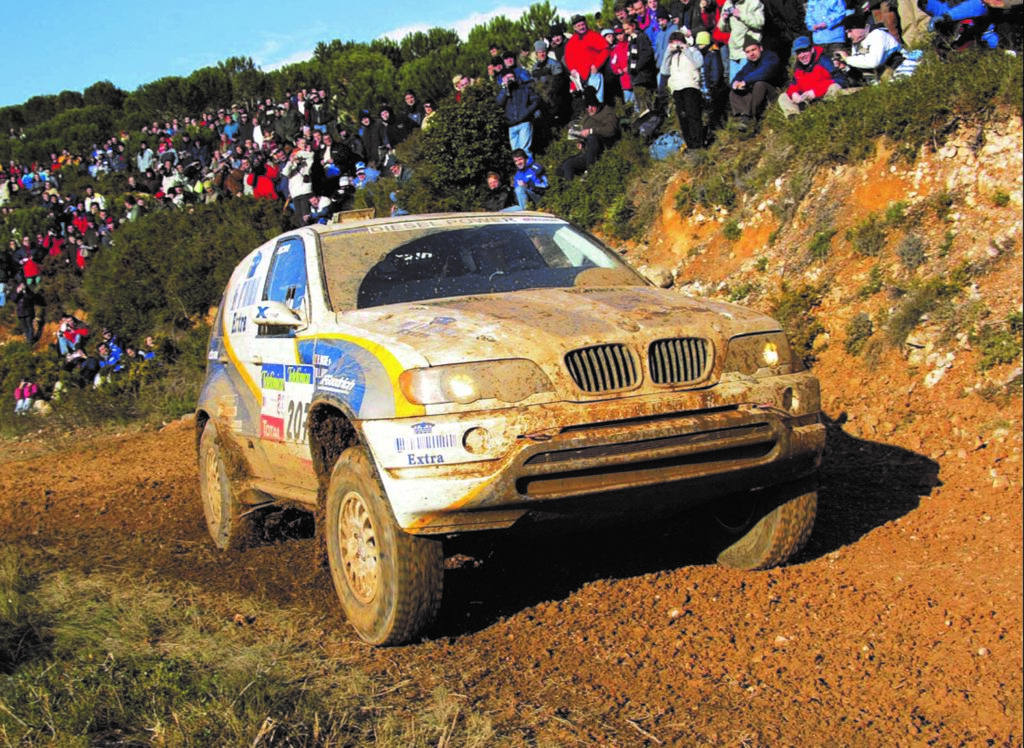
Raced from the German motoring team’s inception in 2002 until 2005, the X5cc showed the world what a modified BMW SAV could do—and it wasn’t just hauling spare parts. The Baja-Bimmer was powered by BMW’s variable twin-turbo diesel technology at the time, nearly two years before the design was revealed to the public in Geneva. The three-liter, 270-horsepower modified M57TU D30 diesel power plant proved to be advantageous not only due to its robust low-end torque but also thanks to its fuel economy.
In an endurance setting like that of the Dakar Rally, the X5cc’s fuel efficiency was essential to its competitive edge, allowing for a smaller fuel tank—a switch that resulted in nearly 440 pounds of weight savings. Fully constructed and assembled in less than twelve months, it had a capable all-wheel-drive system, Gear Sadev six-speed sequential transmission, racing clutch, six-piston brakes, and a beefy X-trac differential, all of which sat on a latticed tubular space frame chassis beneath a fiberglass-composite body. Sitting on BBS wheels wrapped in BF Goodrich rubber, the X5cc was turning out to be a proper off-road racer. A fully-independent front and rear suspension was engineered for the chassis, giving the finished Bimmer nearly ten inches of suspension travel—certainly more than its mall-crawler roots would allow. The best part? It was assembled and designed in nearly-authentic X5 fashion.
The result of those advantages? back-to back wins at the 2003 and 2004 Dakar Rallies, when French driver Luc Alphand secured two first-place wins for the X-Raid team in the diesel category, with impressive eight and fourth-place finishes overall in the event. At their first-ever Dakar Rally, X-Raid had single-handedly become the first and only rally team at the time to achieve a stage win for a diesel vehicle.
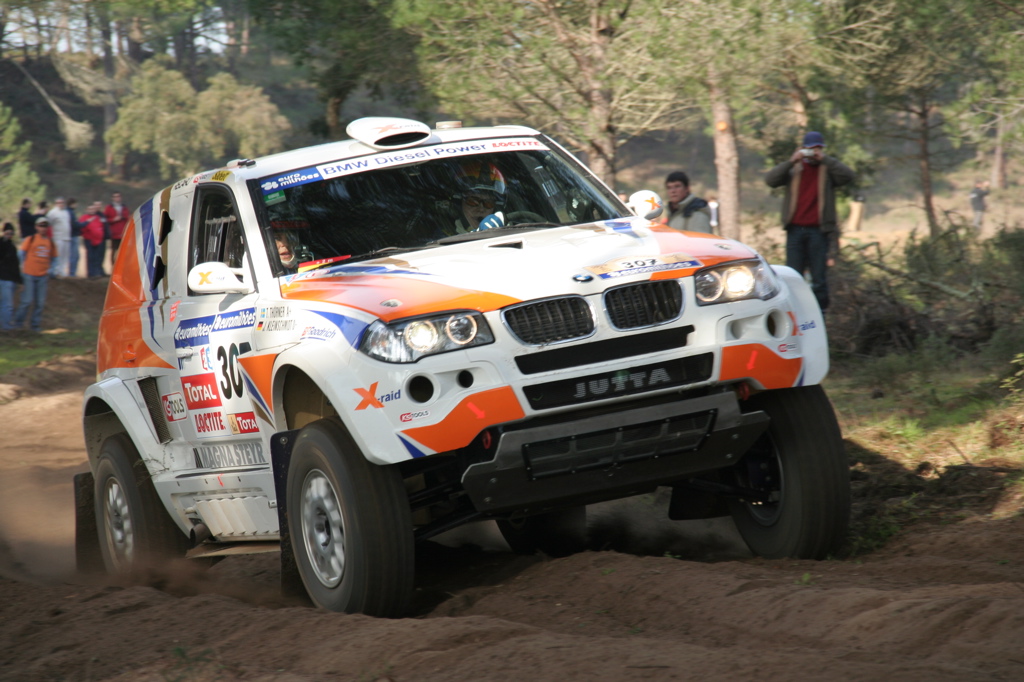
Riding on the coattails of the X5cc’s success, X-Raid decided to semi-retire the X5cc in favor of development of their new front-runner, the X3cc. Developed in partnership with Austria-based Magna Steyr-Automotive Group and raced from 2005 until 2011, the more compact X3cc navigated the dunes instead of its bigger brother. Although throughout its lifetime it used roughly the same racing setup as its predecessor, the X3cc did benefit from improved performance fine-tuning, which increased the M57’s output from 270 horsepower to 290 and marginally improved torque in its later years.
Reiger Racing Suspension joined Quandt and his team at around the same time, acting as the exclusive supplier of extremely durable and motorsport-grade racing shocks. Thanks to these new partnerships and refined engineering of the existing chassis, the X3cc was able to continue achieving at Dakar, with notable ninth, sixth, and eighth-place finishes in 2006, 2007, and 2009. In its final two years of racing, it was piloted to a fourth-place position by French driver Stéphane Peterhansel, a triumph that he later replicated at the 2011 Dakar Rally in Argentina and Chile.
Successes aside, the X3cc does have the best promo video of both of the cars—there’s something immensely gratifying about seeing an X3 in its element, sprinting across loose sand—that is, if you can stand the horrendous techno-beat music in the background.
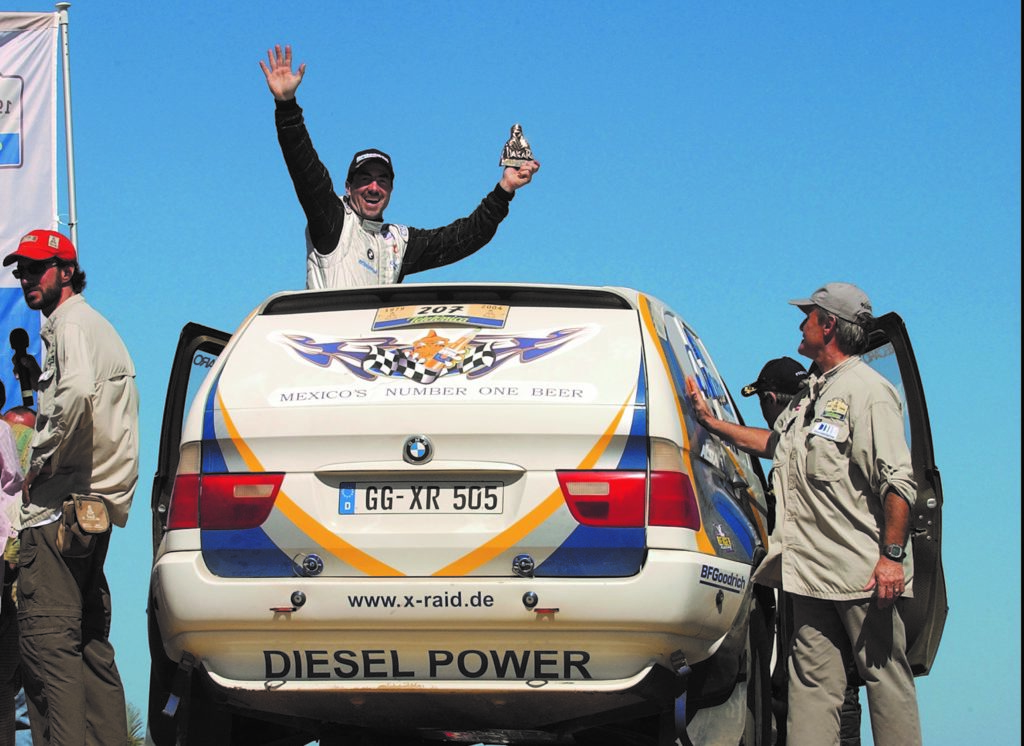
Aside from the Dakar Rally, the X5cc and X3cc proved to be even more invaluable over different terrain, securing gold at everything from the team’s Baja Germany home rally to the Portuguese Off-Road Championship and the FIA International Cup for Cross-Country Rallies. In other words, while BMW may have coined the “Sport Activity Vehicle” designation first, X-Raid certainly helped the X3 and X5 live up to the name.
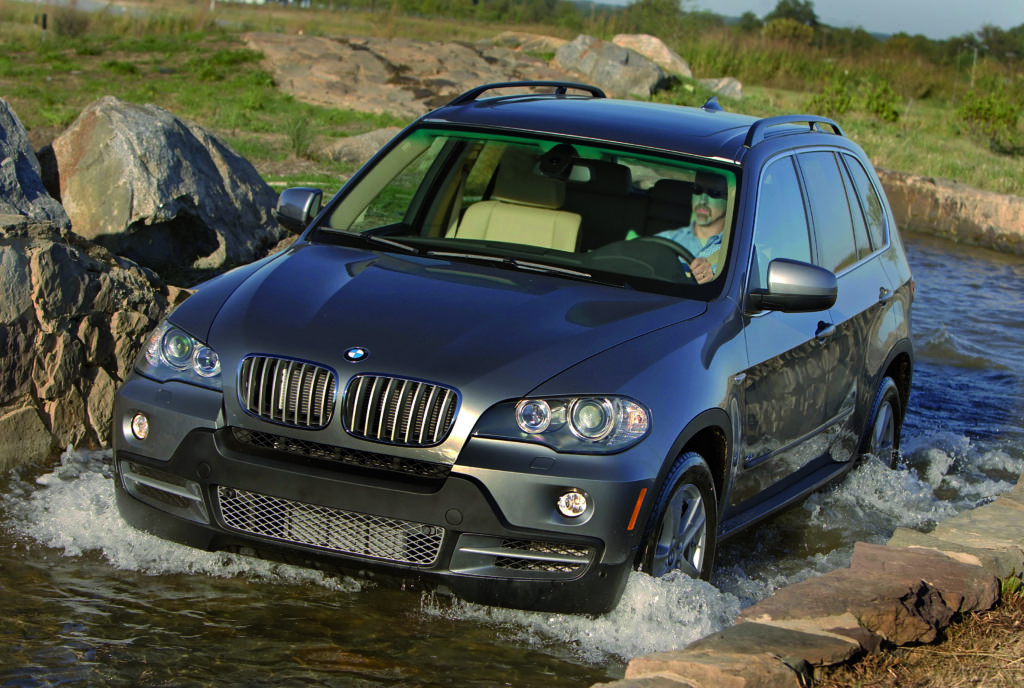
Today, both the X3 and X5 have left their legacies worldwide, reaching consumers and motorsport professionals in ways that have shaped the future generations of BMW’s legendary SAVs—and the automotive industry’s perception of them. The X5 gave us an incredibly robust diesel powertrain with great towing ability, a pairing that American consumers and enthusiasts are still mourning the loss of. The X3 has given us compact versatility and well-rounded performance. You may be thinking, “but how is this comparison relevant? There isn’t an argument here if you’re comparing apples to oranges,” and I would say that you certainly have a point. Sure, the X3 and X5 were never intended to be dirt kings, nor do their rally-prepped cousins share their DNA strand for strand, but they’re still BMWs at heart—literally. X-Raid’s X5cc and X3cc may not have pioneered the way for the SAV, but they sure proved its worth, along with the utility and versatility that we have come to know and love from BMW.—Malia Murphy
[Photos courtesy BMW AG, BMWHeaven, FavCars, German Two-Wheeler and NSU Museum, Motorsport.com, X-Raid Team.]

